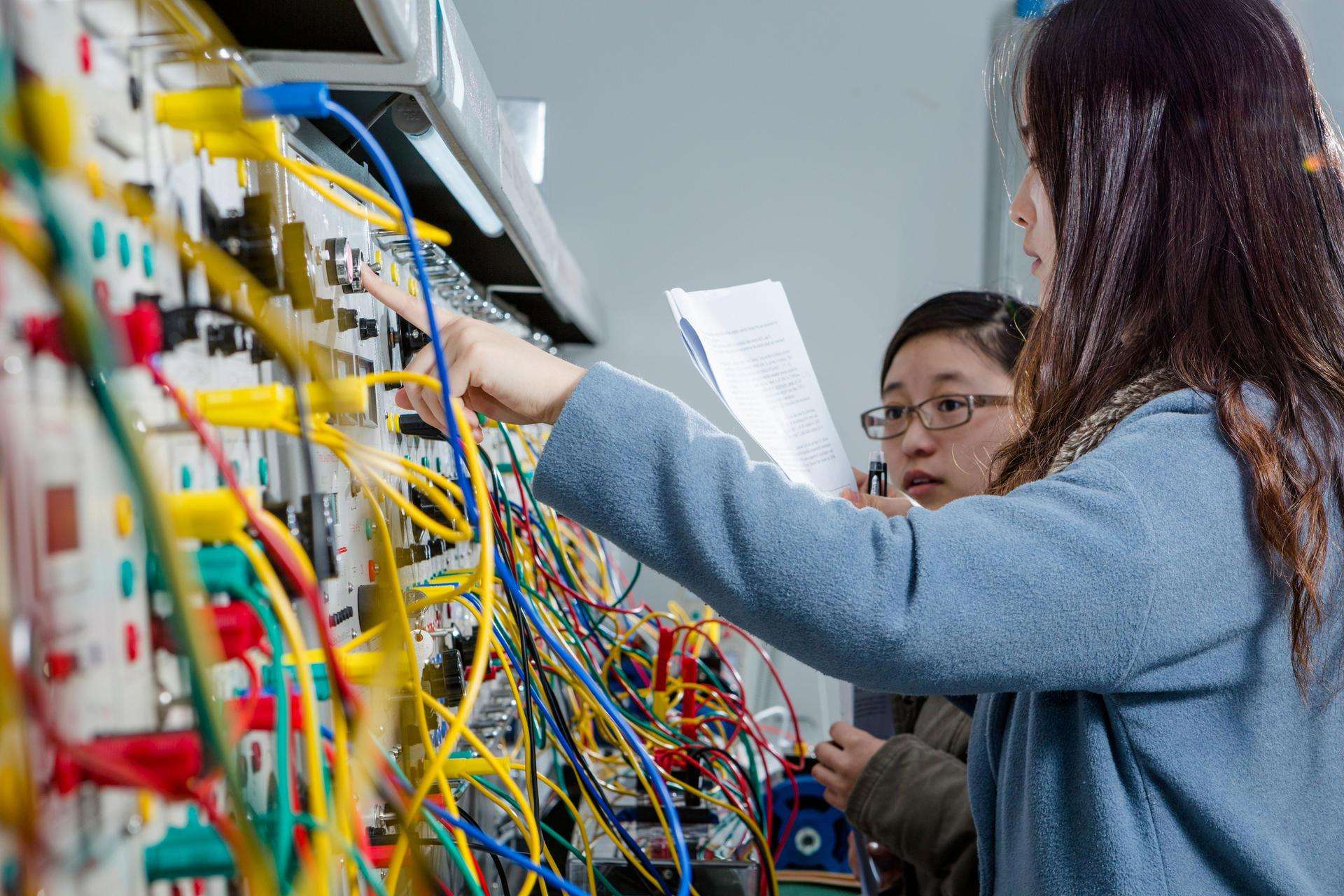When designing an electronic product, selecting the proper cable is critical to the overall performance and safety of the device. Therefore, the selection of UL (Underwriters Laboratories) cables is considered essential for manufacturers who aim to assure customers and consumers that their products are reliable and safe to use.
UL is an independent testing and certification organization that sets safety and performance standards in a variety of areas including electrical and electronic products, fiber optics, wire and cable.UL (Underwriters Laboratories) cables certification ensures that cables pass rigorous testing and comply with regulatory standards related to product safety.
Many factors come into play when selecting the correct UL cable. This includes the power output of the cable. The power output of a cable is defined by the amount of power the cable transmits in a given area. A high efficiency cable will have a higher power output than a low efficiency cable.
It is important to choose the cable with the best output as it will determine the maximum power that can be transferred. If the cable output is insufficient, it will affect the performance of the equipment, resulting in efficient energy consumption and misoperation of the equipment. For example, low-output cables used to power high-performance equipment can result in reduced efficiency and possibly equipment failure.
In addition to power output, there are other factors to consider when selecting the appropriate UL (Underwriters Laboratories) cables for your project:
1. Cable insulation: The insulation performance of the cable will determine its overall safety and efficiency. Look for cables with high-quality insulation, such as PVC, XLPE or TPE. Known for their durability, abrasion resistance and resistance to extreme temperatures, these materials are ideal for harsh environments.
2. Rated voltage: The rated voltage of a cable determines the voltage it can withstand before breakdown or failure occurs. Make sure the cable is rated for the correct voltage level of the equipment it will be used to power.
3. Cable size: The size of the cable is a key consideration. Choosing a smaller cable may result in power loss due to resistance in the cable, which can happen during transmission, especially over longer distances. Larger cables will minimize power loss.
4. Flexibility: Cable flexibility is equally important, especially in applications where the cable must be moved, bent, and manipulated frequently. A flexible cable will reduce wear and extend its life.
5. Environmental Rating: Depending on the application, some cables may need to be water, fire or chemical resistant. Make sure that the cable you choose is suitable for the environmental conditions to which the cable will be exposed during use.
In summary, choosing the right UL (Underwriters Laboratories) cables for your project is critical for optimum performance and safety. Consider the above factors such as power output, cable insulation, rated voltage, cable size, flexibility and environmental rating to make an informed decision.
Using UL-listed cables in your project will make your product safe to use and comply with regulatory standards. It will also ensure that equipment is running at its best, reducing downtime, increasing efficiency, and extending the overall lifespan of your equipment.
Post time: Apr-19-2023

